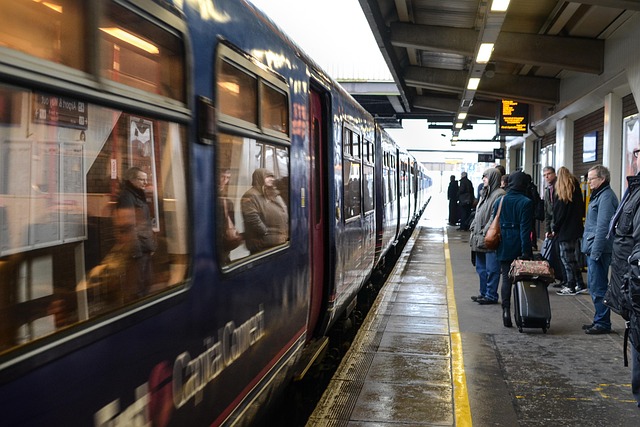Managing multi-modal itineraries with synchronized schedules
Coordinating multiple transport modes into a single, reliable journey requires clear scheduling, real-time updates, and user-centered design. This article outlines practical approaches to synchronize boarding, ticketing, luggage handling, and connectivity across trains, buses, flights, and micromobility options, emphasizing accessibility, contactless payments, and measurable performance with analytics.

Boarding and tickets synchronization
Effective multi-modal itineraries start with seamless boarding and unified ticketing. Combining boarding passes and tickets from different operators into a single digital itinerary reduces friction at transfer points. Standardized e-tickets and tokenized boarding passes let passengers present one credential across modes where partnerships exist. For mixed-operator trips, itinerary platforms can display linked tickets, recommended boarding windows, and alerts for platform or gate changes, helping travelers anticipate connection requirements and avoid missed departures.
Itinerary planning and scheduling
An itinerary should balance total travel time, transfer margins, and user preferences. Scheduling tools can suggest itineraries that optimize wait times and minimize walking or vehicle changes, while allowing travelers to select preferred trade-offs (shortest time, fewest transfers, or lowest emissions). Including realistic transfer buffers accounts for typical delays and accessibility needs. Scheduling algorithms increasingly use historical data and live updates to refine recommended connection times so itineraries remain practical and resilient.
Tracking, connectivity, and delays
Real-time tracking and reliable connectivity are central to minimizing the impact of delays. GPS tracking of vehicles, live traffic feeds, and integrated delay reporting let itinerary managers re-route and re-time subsequent segments automatically. Push notifications and in-app alerts inform passengers about late arrivals or missed connections and offer alternatives. Robust connectivity across train stations, airports, and city centers supports continuous updates; offline fallback strategies (SMS, voice) help when mobile internet is unavailable.
Contactless payments and accessibility
Contactless payments simplify transitions between modes and reduce queue times at boarding. Integrating payment systems, fare capping, and account-based ticketing lets a single payment method cover multiple legs. Accessibility must be considered alongside payments: digital boarding passes should support screen readers, clear visual contrast, and simple check-in flows; physical infrastructure — ramps, elevators, and tactile guidance — must be coordinated in itinerary guidance so users with reduced mobility can select viable routes.
Luggage tracking and analytics
Managing luggage across modes remains a practical challenge. Real-time luggage tracking tied to itinerary IDs provides reassurance and enables proactive routing of belongings when transfers are tight. Analytics on luggage handling can highlight choke points where bags are most likely to be delayed and support operational improvements. Aggregated analytics — trip completion rates, average transfer times, and luggage incident frequency — give operators data to improve synchronization and reduce loss or misrouting.
Sustainability, mobility, and commute
Multi-modal synchronization can support sustainable mobility choices by elevating lower-emission legs (rail, shared micromobility) in itinerary rankings. By showing comparative carbon estimates alongside travel time and cost, platforms can nudge sustainable choices without compromising reliability. For daily commutes, synchronized schedules that favor predictable transfer times and integrated season passes can shift demand away from single-occupancy vehicles, reducing urban congestion and emissions while improving system efficiency.
Conclusion Managing multi-modal itineraries with synchronized schedules relies on coordinated ticketing, real-time tracking, inclusive accessibility, and intelligent scheduling informed by analytics. Combining contactless payments, luggage tracking, and resilient connectivity reduces transfer friction and helps travelers respond to delays. Operational and design decisions that foreground reliability and user needs support more sustainable, equitable, and efficient mobility across urban and regional networks.





